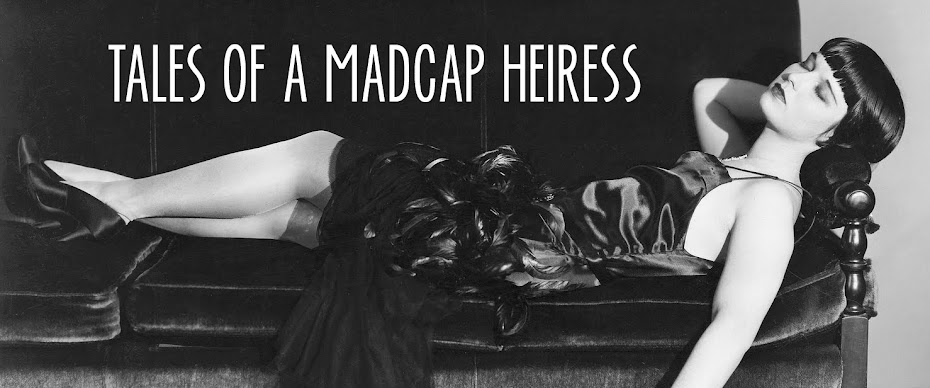"V-Jay Day in Times Square" Alfred Eisenstaedt (August 14, 1945)
“WWII & NYC” is a great new exhibit at the
New York Historical Society that examines the city’s contributions to the war
effort and the impact of the war on everyday New Yorkers. The exhibit opens with radio broadcasts by Edward R. Murrow reporting on the London Blitz and then with more than 400 photographs, paintings, and objects, takes visitors through to the end of the war.
Penn Station, August, 1942. Photo: Library of Congress.
Minerva Matzkowitz at the Brooklyn Navy Yard. Official U.S. Navy Photo, New-York Historical Society.
New York was a great manufacturer of necessary war items starting with ships built in the Brooklyn Navy Yard, including the Iowa and the Missouri. Also made in New York were uniforms from Brooks Brothers, firearms from IBM-run plants, penicillin from Charles Pfizer & Company, and helmets from the Met that were modelled on ones from the museum's collection. During a time when most materials were commandeered for the war effort, Maidenform received special permission to keep producing bras, an item deemed necessary for the women who took over the workforce stateside. By the way, Maidenform also invented a special “pigeon vest” that resembled a bra for carrier pigeons that were sent behind enemy lines.
Waves on the subway. Photo: New York Historical Society.
The city also served as the largest port of
departure for servicemen with 3,300,000 shipping out from New York Harbor (at
the height of the war, a ship left every 15 minutes). Meanwhile women trained
in the Bronx at Hunter College (now Lehman College) as members of the Women Accepted for
Volunteer Emergency Service (“Waves”), which was made a branch of the U.S. Navy. In
Queens at an old Paramount movie studio
(now the Museum of the Moving Image) soldiers were shown how to
become cameramen and films were made for the troops, including one morale booster staring Harold Russell who would go to win an Oscar for The Best Years of Our Lives.
And then there was the effort on the home front from planting victory gardens to hanging service flags in their windows to signify family members serving abroad to dealing with rationing. Many New Yorkers sent care packages to loved ones overseas. One of my favourite items was a sign from Katz's Deli. Concerned with soldiers keeping kosher, it read "Send a Salami to Your Boy in the Army."
And then there was the effort on the home front from planting victory gardens to hanging service flags in their windows to signify family members serving abroad to dealing with rationing. Many New Yorkers sent care packages to loved ones overseas. One of my favourite items was a sign from Katz's Deli. Concerned with soldiers keeping kosher, it read "Send a Salami to Your Boy in the Army."
New Yorkers also had
to worry about invasion, which wasn’t as far fetched as you might think. In fact, one of
the most interesting parts of the exhibit was a section about U-123, a German U-boat that actually sailed into
New York Harbor on the night of January 15, 1942. The crew took in the lights of the city (the sailors spoke of seeing the Wonder Wheel at Coney Island) before leaving, sinking a British tanker on their way.
There was much more so if you get a chance I'd suggest spending an afternoon checking out the exhibit. There are film screenings and lectures scheduled as well. “WWII & NYC” runs through May 27, 2013.
For more information, visit the exhibit’s site here.





No comments:
Post a Comment